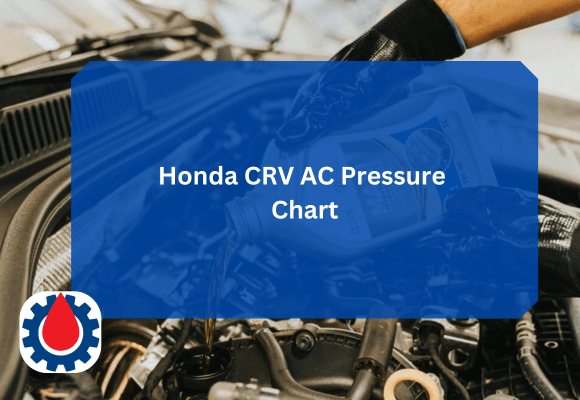Hydrostatic transmissions are critical to the smooth operation of lawnmowers and similar equipment. Exmark hydro oil is specifically designed for Exmark mowers, ensuring optimal performance and longevity.
However, sometimes alternatives are needed due to availability, cost, or other reasons. This post goes into the best substitutes for Exmark hydro oil, ensuring your mower continues to run efficiently.
Let’s jump in.
Substitutes for Exmark Hydro Oil
1. Mobil 1 Synthetic ATF
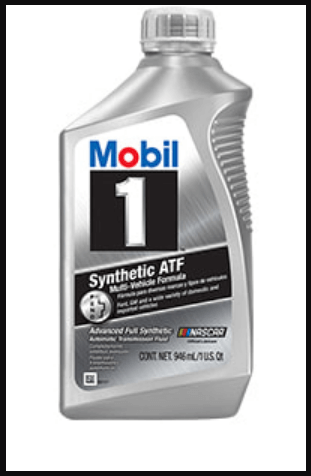
Mobil 1 Synthetic ATF is a popular choice for hydrostatic transmissions. Known for its high-performance characteristics, it offers excellent thermal stability and protection against wear.
Benefits:
- High thermal stability
- Superior lubrication
- Wide temperature range performance
Drawbacks:
- Higher cost compared to some alternatives
2. Amsoil Synthetic Hydraulic Oil
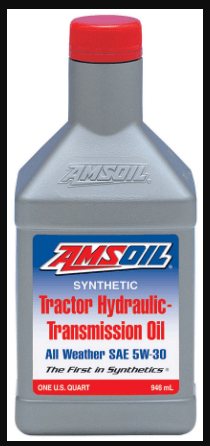
Amsoil is renowned for producing top-tier synthetic oils, and their synthetic hydraulic oil is no exception. It provides outstanding protection and performance in demanding conditions.
Benefits:
- Exceptional wear protection
- High oxidation resistance
- Excellent cold temperature performance
Drawbacks:
- Availability can be limited in some regions.
Related Briggs Stratton Engine Oil Recommendations(By Manufacturer)
3. Toro Premium Hydrostatic Fluid
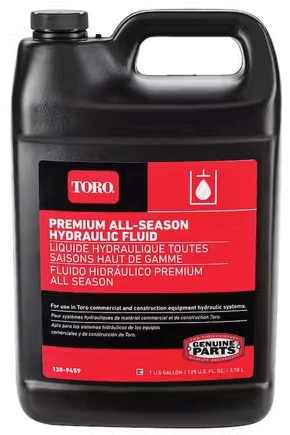
Toro Premium Hydrostatic Fluid is specifically formulated for use in hydrostatic transmissions, making it a reliable alternative to Exmark hydro oil.
Benefits:
- Designed for hydrostatic systems
- Protects against wear and corrosion
- Good thermal stability
Drawbacks:
- Slightly higher viscosity may affect flow rates.
4. Lucas Oil Hydraulic Oil
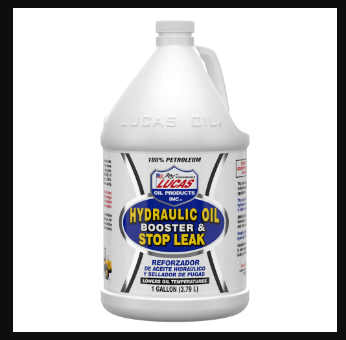
Lucas Oil offers a high-quality hydraulic oil that serves as a suitable substitute for Exmark hydro oil. It’s well-regarded for its protective properties and long service life.
Benefits:
- High anti-wear properties
- Good oxidation resistance
- Long-lasting performance
Drawbacks:
- May not be as readily available in all areas.
Related Diesel Engine Oil Additives(Benefits & Top Oil Additives)
5. Shell Tellus S2 MX
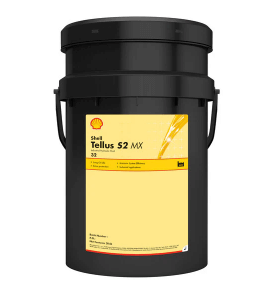
Shell Tellus S2 MX hydraulic oil is another excellent alternative, known for its reliability and performance in various applications.
Benefits:
- Superior cleanliness and filterability
- Excellent wear protection
- Stable across temperature variations
Drawbacks:
- Can be more expensive than other options
Read Oil Drain Plug Torque Chart(Vehicles A to Z)
Key Qualities of a Good Substitute
When looking for a substitute for Exmark hydro oil, it’s essential to consider the following qualities:
- Viscosity: The oil’s thickness should match Exmark hydro oil to ensure proper flow and lubrication.
- Additives: High-quality additives that prevent wear, corrosion, and oxidation are crucial.
- Thermal Stability: The oil should perform well under a range of temperatures.
- Compatibility: The substitute must be compatible with your mower’s materials and components.
Factors to Consider When Choosing a Substitute
1. Compatibility with Mower Components
Ensure the substitute oil is compatible with all the materials in your mower’s hydraulic system, including seals, hoses, and metals.
2. Environmental Considerations
Consider the environmental impact of the oil. Synthetic oils generally have a longer service life and may reduce the frequency of oil changes, resulting in less waste.
3. Cost-Effectiveness
While cost should not be the sole deciding factor, it is essential to balance performance and affordability. Some high-end oils might offer superior protection but at a higher price.
Read Normal Engine Oil Temperature(Find Out the Safe Range)
How to Change Hydrostatic Transmission Oil
Changing the hydrostatic transmission oil is crucial for maintaining your mower’s performance. Here’s a step-by-step guide:
- Gather Tools and Materials: You’ll need the substitute oil, a drain pan, wrenches, and new filters.
- Prepare the Mower: Ensure the mower is on a flat surface. Consult your mower’s manual for specific instructions.
- Drain the Old Oil: Locate the drain plug and remove it to drain the old oil into the pan.
- Replace the Filters: Remove the old filters and install new ones.
- Add the New Oil: Fill the transmission with the substitute oil to the recommended level.
- Check for Leaks: Start the mower and check for any leaks. Ensure the oil level is correct after running the mower briefly.
Read How to Clean Funnel After Oil Change(Don’t Make These Mistakes)
Maintaining Your Mower’s Hydrostatic System
Regular maintenance is key to extending the life of your mower’s hydrostatic system. Here are some tips:
- Regularly Check Oil Levels: Maintain the correct oil level to ensure efficient operation.
- Change Oil Periodically: Follow the manufacturer’s recommendations for oil change intervals.
- Inspect for Leaks: Regularly check for any signs of leaks and address them promptly.
- Monitor Performance: Pay attention to any changes in performance, such as unusual noises or reduced efficiency, and investigate the cause.
Benefits of Using High-Quality Hydraulic Oil
Using high-quality hydraulic oil, whether Exmark or an alternative, offers several benefits:
- Improved Efficiency: High-quality oils reduce friction and wear, leading to more efficient operation.
- Extended Equipment Life: Better protection means longer-lasting components and fewer repairs.
- Cost Savings: Reduced wear and tear can lead to significant cost savings over time.
Common Issues with Hydrostatic Transmissions
Understanding common issues can help you maintain your mower better. Some common problems include:
- Overheating: Often caused by low oil levels or poor-quality oil.
- Leaks: Can result from damaged seals or hoses.
- Noise: Unusual noises may indicate a problem with the oil or internal components.
- Poor Performance: A drop in performance could be due to worn-out oil or internal damage.
Read Royal Purple oil vs Mobil 1(Which Oil Outperforms the Other)
FAQs
What is the best substitute for Exmark hydro oil?
Mobil 1 Synthetic ATF and Amsoil Synthetic Hydraulic Oil are excellent substitutes due to their high performance and protective properties.
How often should I change the hydrostatic transmission oil?
Follow the manufacturer’s recommendations, typically every 200-300 hours of operation or annually.
Can I mix different brands of hydraulic oil?
It’s best to avoid mixing oils, as different formulations can react negatively. Always use a single, compatible oil type.
What are the signs that my mower needs an oil change?
Common signs include noisy operation, reduced efficiency, overheating, and visible oil leaks.
Is synthetic hydraulic oil better than conventional oil?
Synthetic oils generally offer better performance, longer service life, and superior protection compared to conventional oils.
Can using the wrong hydraulic oil damage my mower?
Yes, using incompatible oil can lead to poor performance, increased wear, and potential damage to the hydraulic system.
Read R33 GTR Engine Oil(Best Engine Oil for R33 GTR)
Final words
Finding a suitable substitute for Exmark hydro oil is crucial for maintaining the performance and longevity of your mower. Mobil 1 Synthetic ATF, Amsoil Synthetic Hydraulic Oil, Toro Premium Hydrostatic Fluid, Lucas Oil Hydraulic Oil, and Shell Tellus S2 MX are all excellent alternatives.




